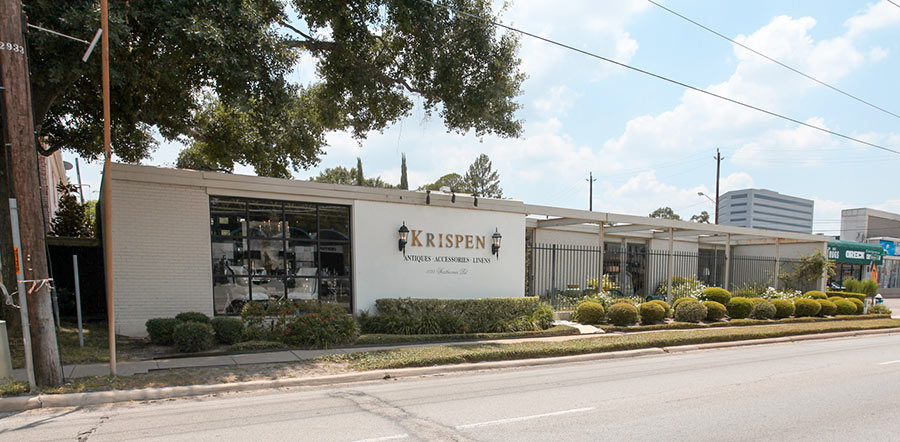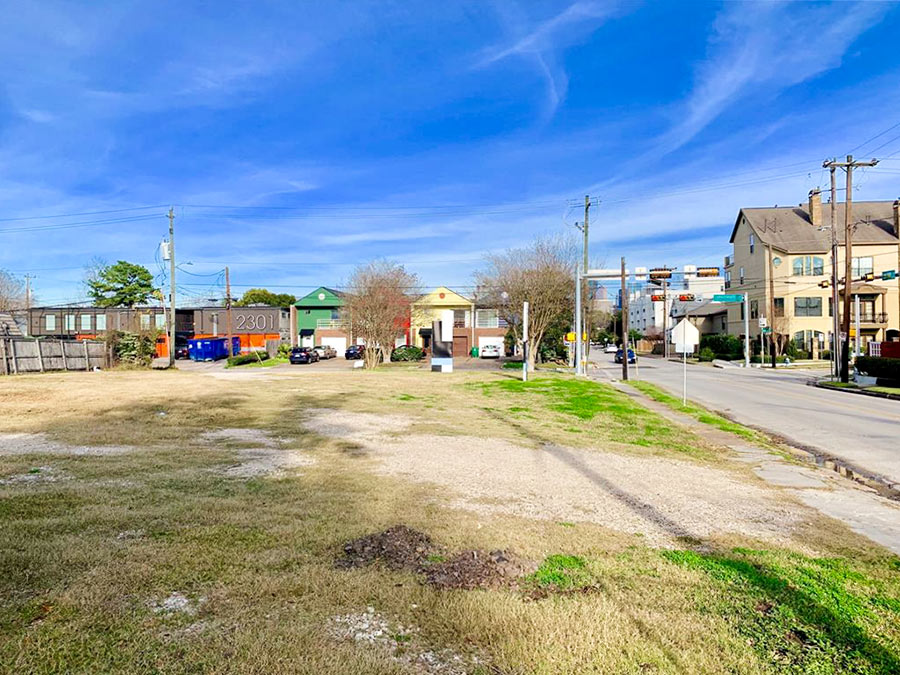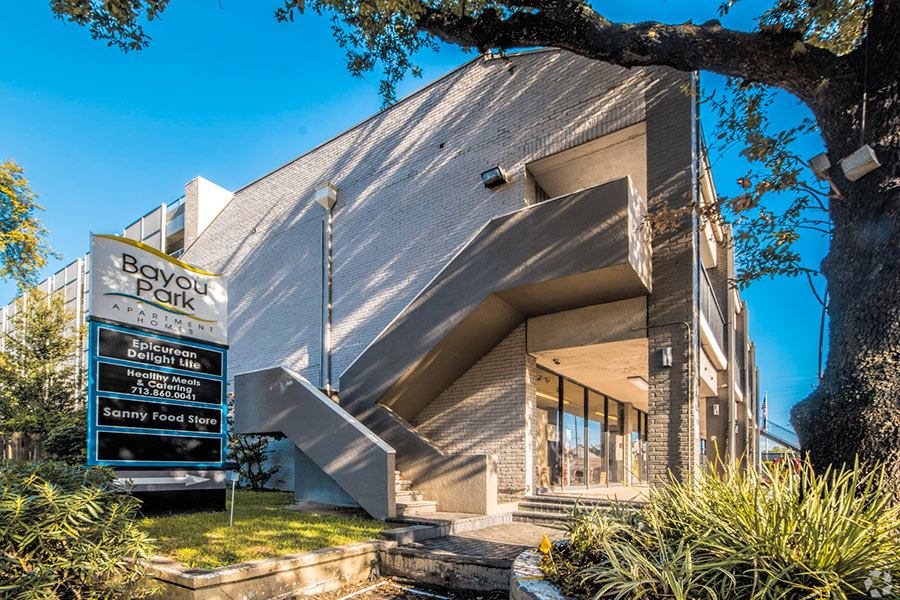The Swamplot reader who’s been focusing on Greenwood King Properties’ monthly market reports has spotted some problems in the latest sales data. The latest report, for the first time, provides separate totals for new homes and resales:
If dollars fall by more than units, then price has fallen.
If you add together 2 significant segments and one is lower and one is flat then the total is lower.
The quick math doesn’t work!!!

How can Flat+Down=Flat??
How can -38% dollars and -33% transactions = Flat??? It implies lower prices…
So now I have a report that raises more questions than answers. Total sales prices are flat? Resale prices are flat? ALL of the pain is in new construction?
Price has always followed volume in every market around the country. So are the price drops for resales ahead of us now? The average resale high end home in Houston is now $585,000??? Isn’t that LOT VALUE in most of these neighborhoods? We never got the news on what happened over the past 3 or 4 years on resale only. Were prices actually flat on the way up?
A few more comments on looming problems in the market for high-priced homes:
***
For years, the real estate market has benefitted from ever larger and nicer homes getting built inside the loop. The average price on a 1930s-1940s traditional can only climb so much. But developers buy a lot and build 5/6/even 10+ thousand square foot monsters that sell for 2-3x multiples of the homes surrounding them. Perhaps they buy two lots and double up. This has pulled up the average price in the best neighborhoods year after year. 15% increases in the average were common over the past decade and were skewed by this.
The Chronicle captures some of this by using price/SF in its annual price survey.
So what’s the big deal?
Today, driving around the nicest neighborhoods reveals many new build homes just sitting on the market. They are all priced well above the traditional housing stock and many are only 95% complete. This is because contractors cannot get permanent financing on the same generous terms of their construction loans. So builders try to keep the house under its construction loan by keeping the home “under construction†and on the market. Hell, it seems like half of the listings on HAR over $2 million are drawings in most neighborhoods!
Now that the music has stopped, the GK report separates out the new construction from the resales. It is a good idea for them because the market for these new homes is going to get profoundly ugly over the coming months. And, there is a steadier market for an $800,000 2 story traditional home in West U than some big double lot $2.5 million monster.
- March Houston Market Report (PDF) [Greenwood King Properties]
- Latest Greenwood King Report: On the Double! [Swamplot]
- Crumbling from the Outside In: The Poop on 2008 Houston Home Sales [Swamplot]
Chart: Swamplot inbox





There IS an error in the numbers, but it’s in the other direction.
First the resale numbers: Q109 was 310 sales totalling $181M, for an average of $585k. Q108 was 498 sames totalling $272M, for an average of $546k (the report gives $586k, which is incorrect). So there was actually a 7% INcrease. This makes sense since dollar volume dropped by less than the number of sales (33% vs 38%), so the average price must then be higher.
Now the new-build numbers: Total dollar volume isn’t tabulated, but you can calculate it by multiplying average price by number of sales. It’s $52.7M in Q109 vs $84.6M in Q108, a 38% drop. This is higher than the decline in number of sales, so necessarily the change in average price is negative.
Now, when I add everything together, I get the same average price as the report does for Q109 ($625k), but I actual calculated only $612k for Q108, which makes this year’s prices actually 2% HIGHER than last year, albeit on greatly reduced volume.
After a closer look, it seems that, for Q1’08, the total sales volume of $363.5M (pg 3) is greater than the sum of resales ($271.7M) and new-builds ($84.6M)by about $7M.
The number of sales adds up, but the dollar volume doesn’t. (Q1’09 numbers look OK, though.)
They are Realtors. They are going to juggle numbers and if that doesn’t work, they are going to use semantics to try to convince everyone that the market is just fine. Perhaps “flat” means they assume we have hit bottom which makes you wonder what word they will come up with when the bottom “falls out.” Perhaps we will find ourselves in a “buyer’s market” although that will require buyers who qualify for loans. Things are “flat” in that part of the market as well.
Fair enough, Matt, but the juggling is actually wrong in the wrong direction. Corrected, they actually show a healthy increase in the average price of resales (7%), and even some increase in the overall market (2%).
Recall that the new-build market is significantly affected by the house-size decisions made by builders, whereas this isn’t really a factor in the resale market.
I doubt any area of this city has really seen a 7% increase in sales prices.
From anecdotal evidence, I can’t help but agree with that. I’ve seen a lot of listings with multiple significant price reductions. Which is what makes the report that much more inscrutable.
The main problem with these reports is they do not account for the mix of sales (more higher priced homes that are larger; or vice versa)and they report average prices. Median is a much better indicator of center than mean as median does not give as much influence to the extremes (e.g., a 5 million dollar home sale). Can someone explain why these reports use mean versus median?
In any case, the better method is to use a similar approach as the Case-Schiller index,in which price increases/decreases are examined for the SAME property. This is the only way to get a realistic look at the market since you are comparing apples and apples. Does anyone know why there is no Case-Schiller index for Houston? I think there is one for Dallas.